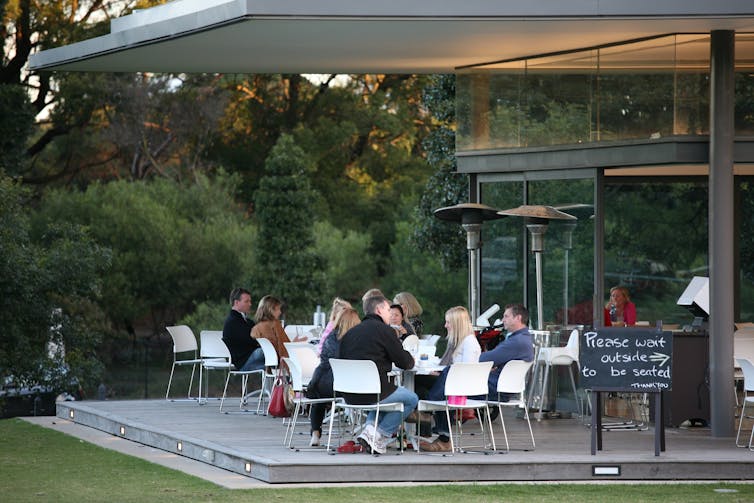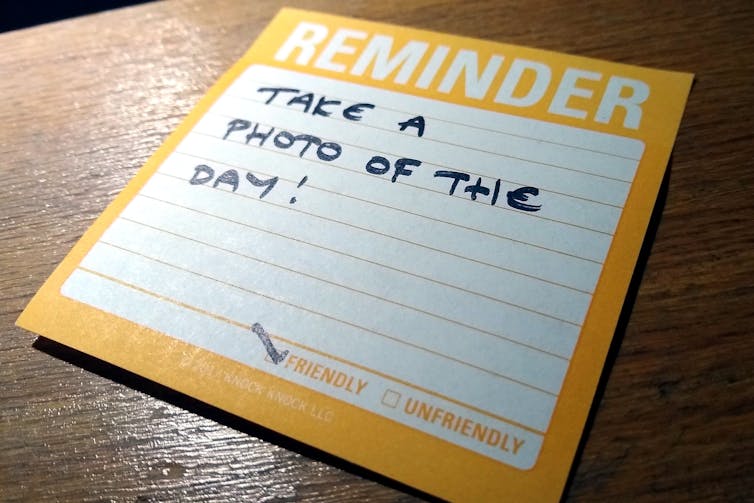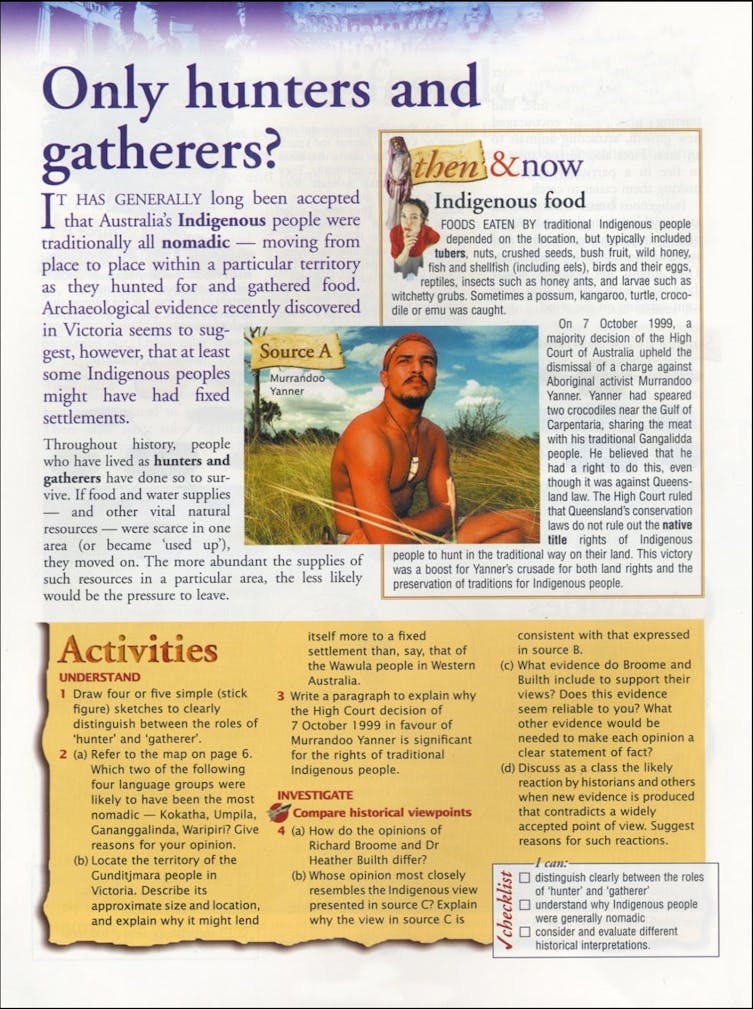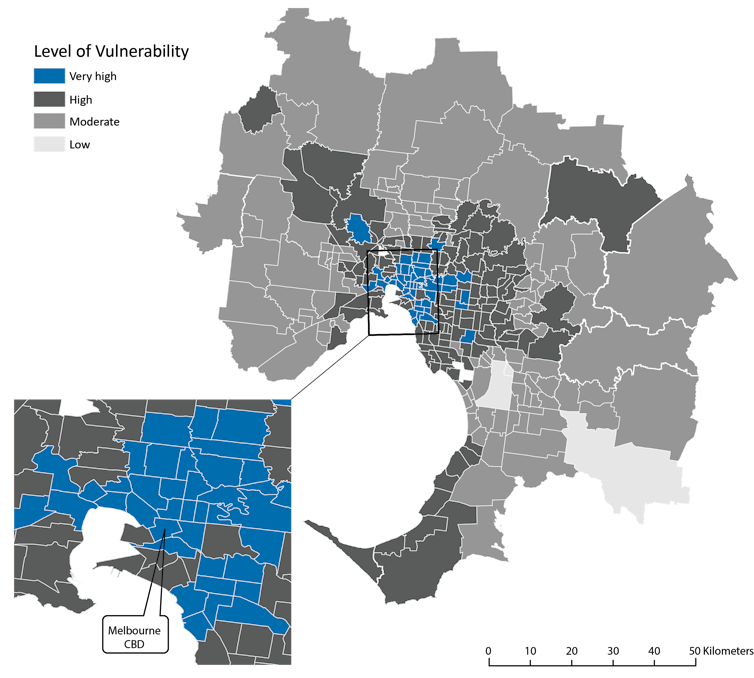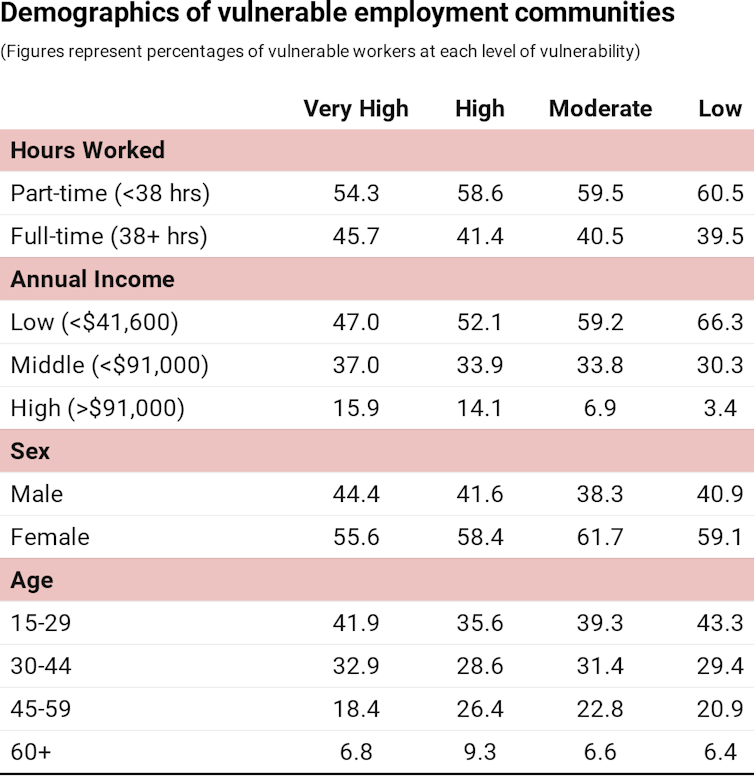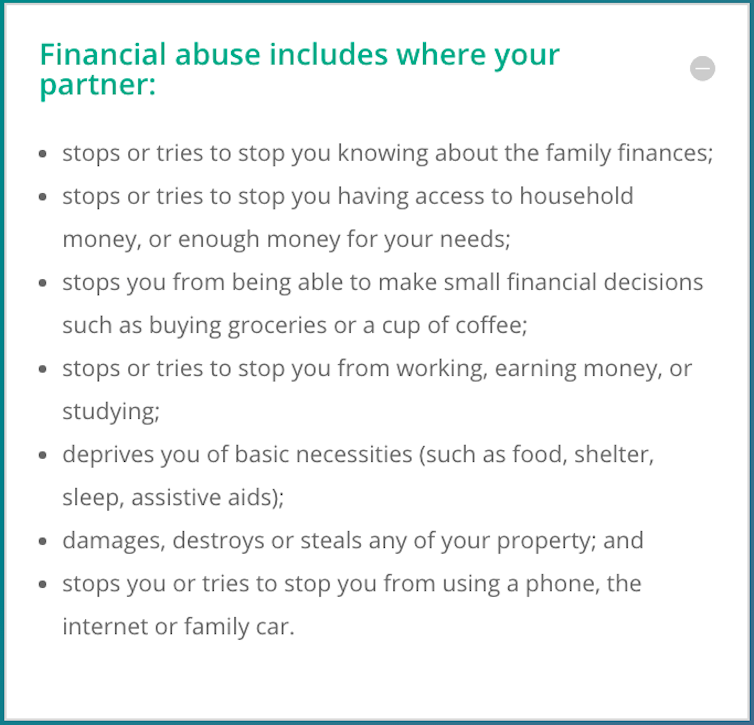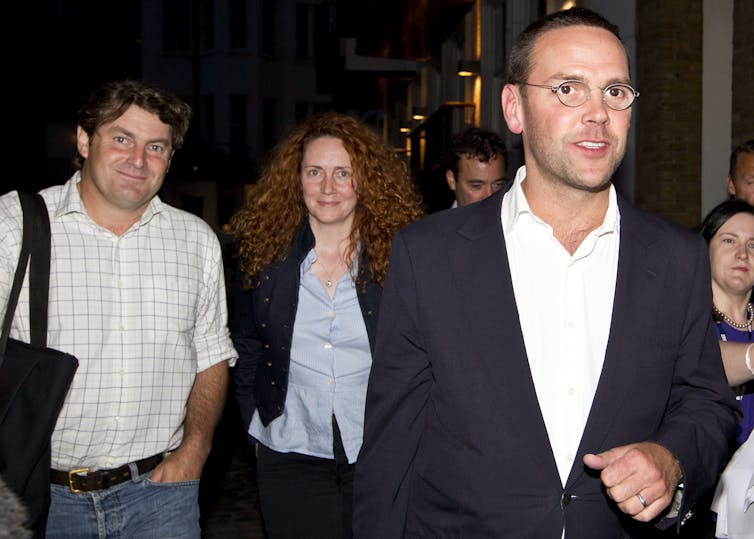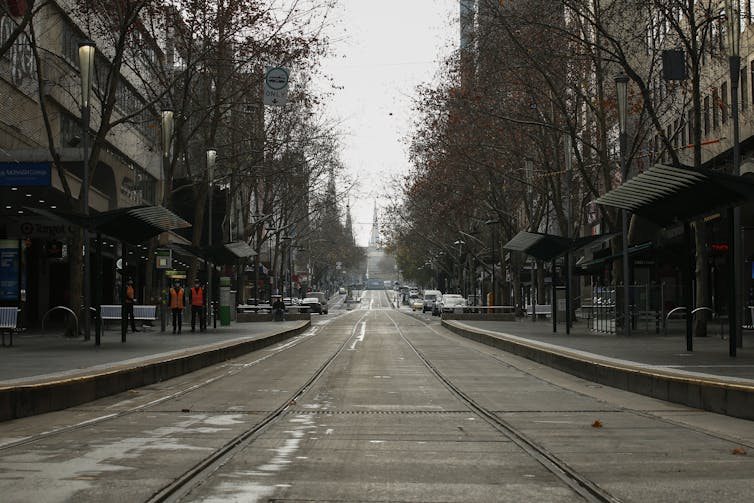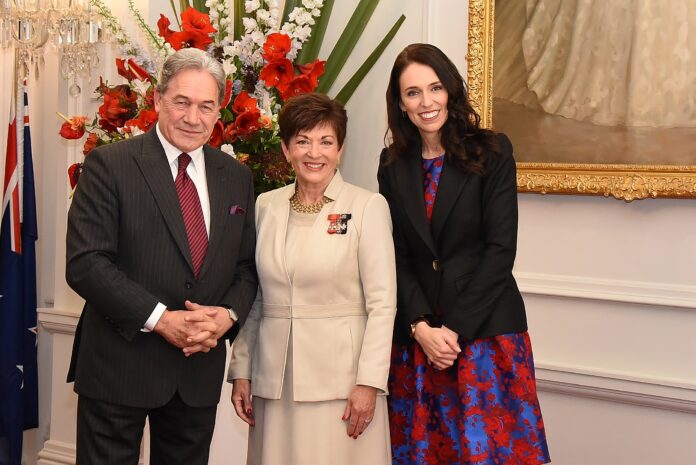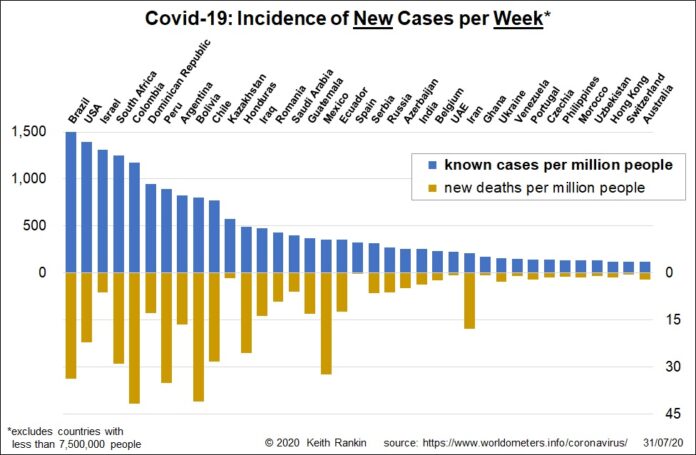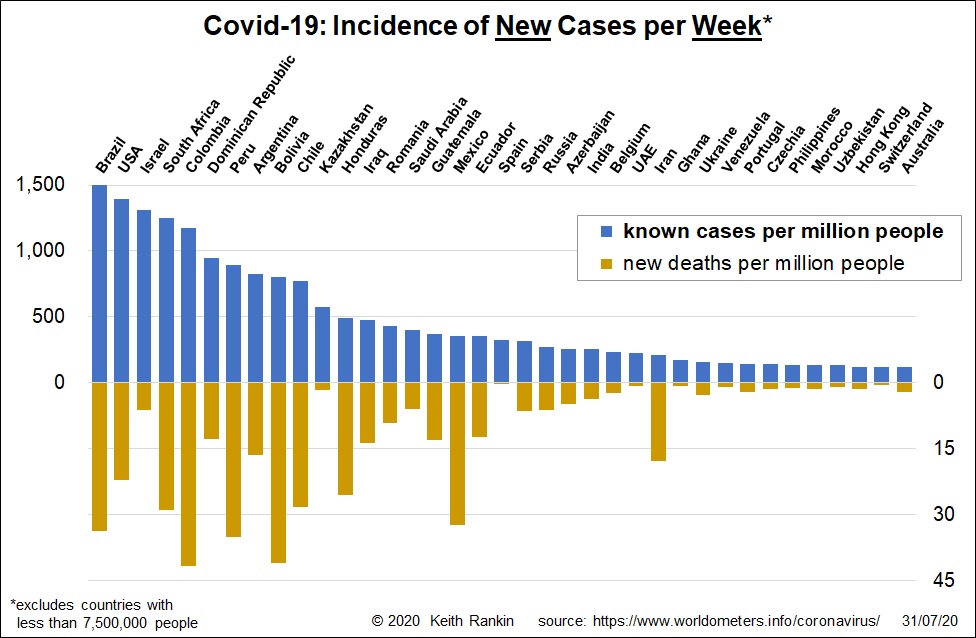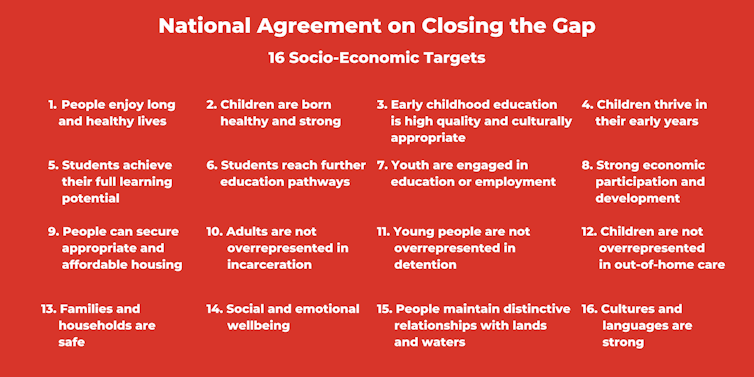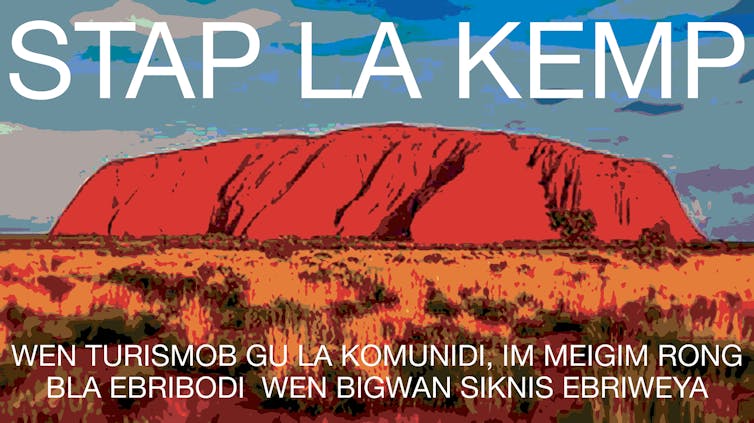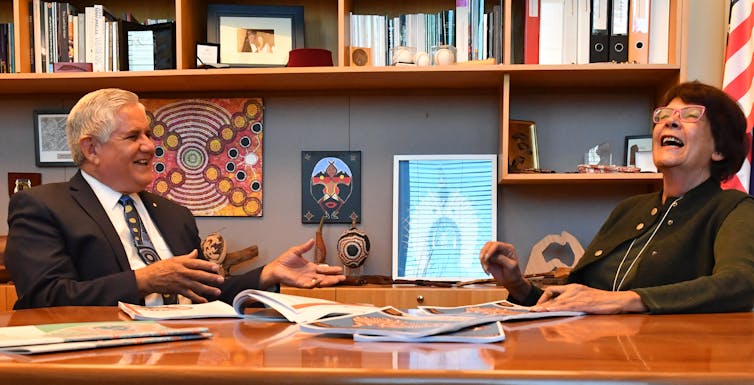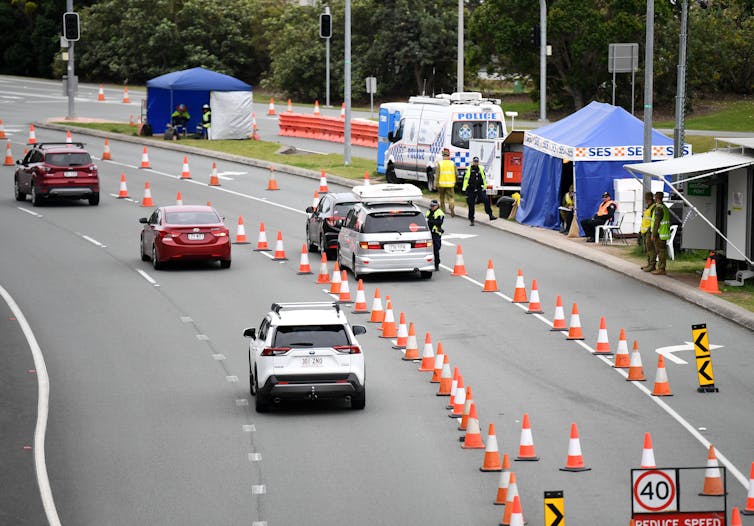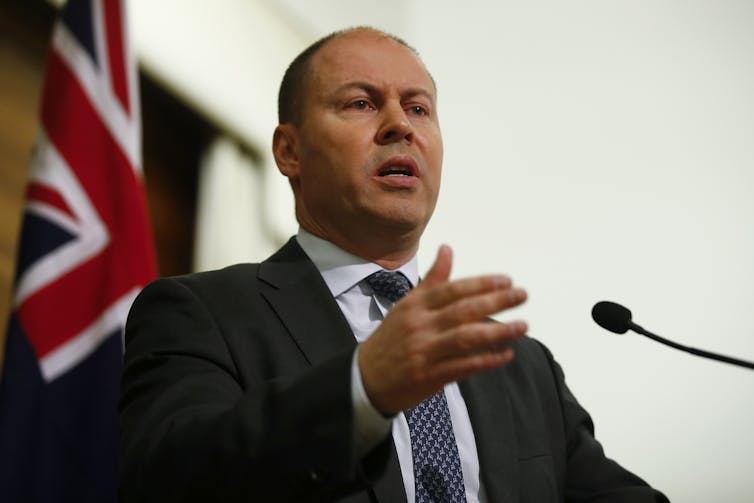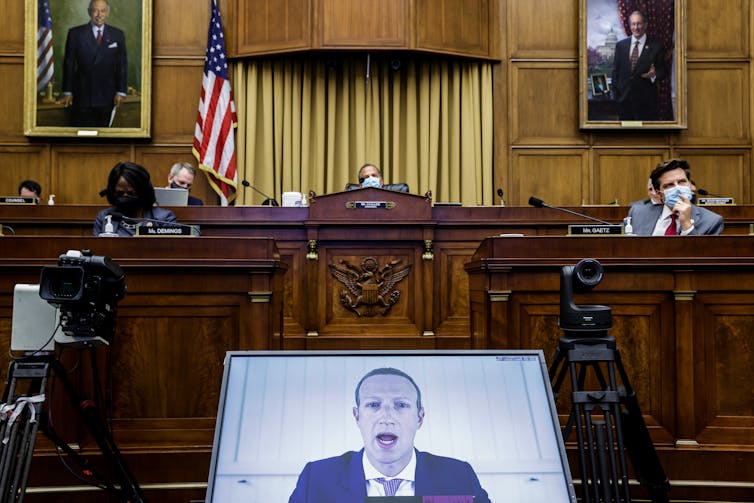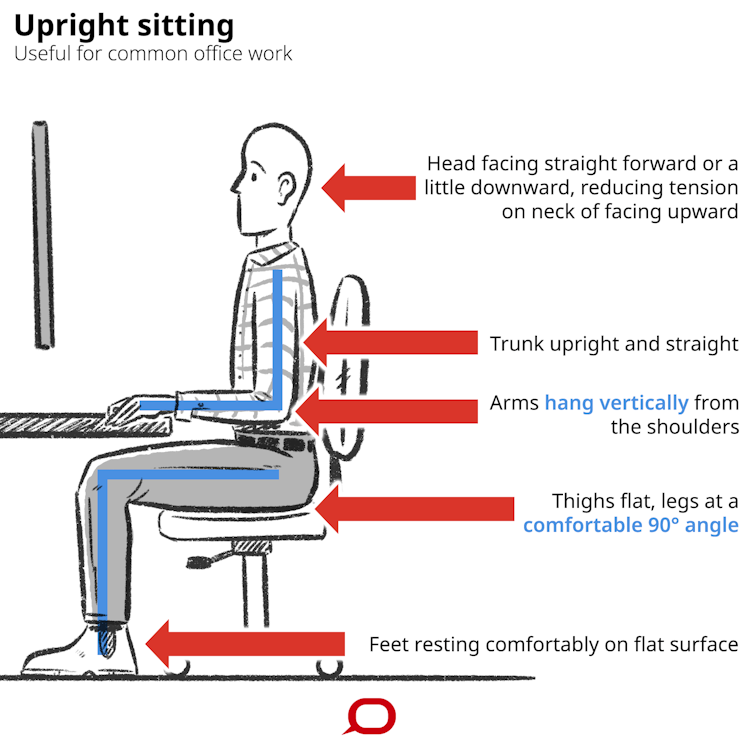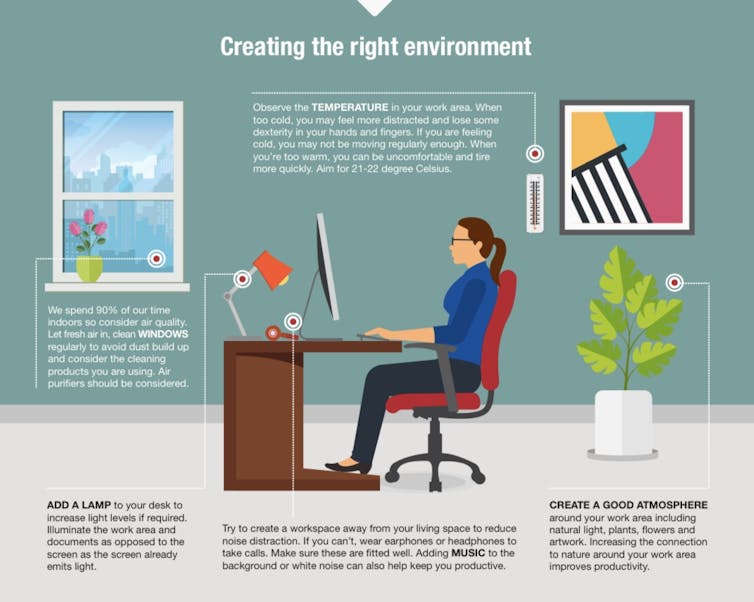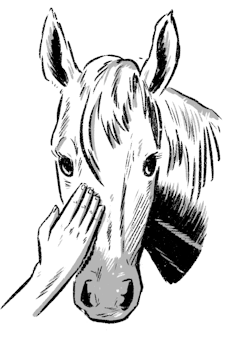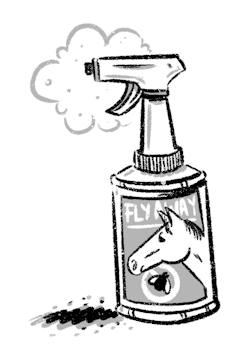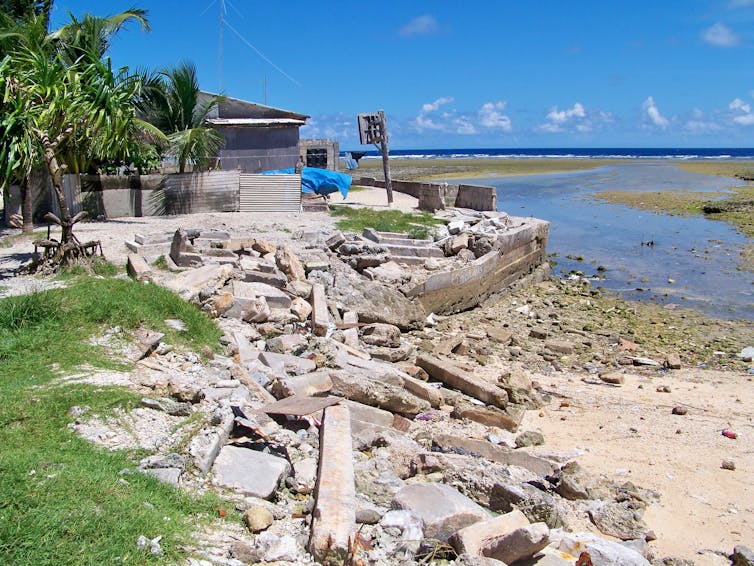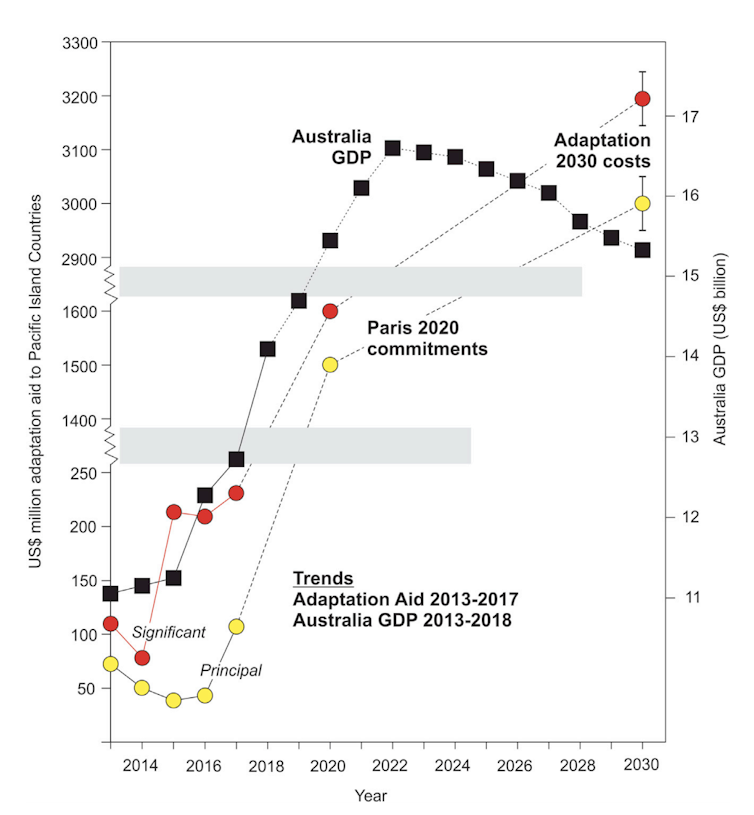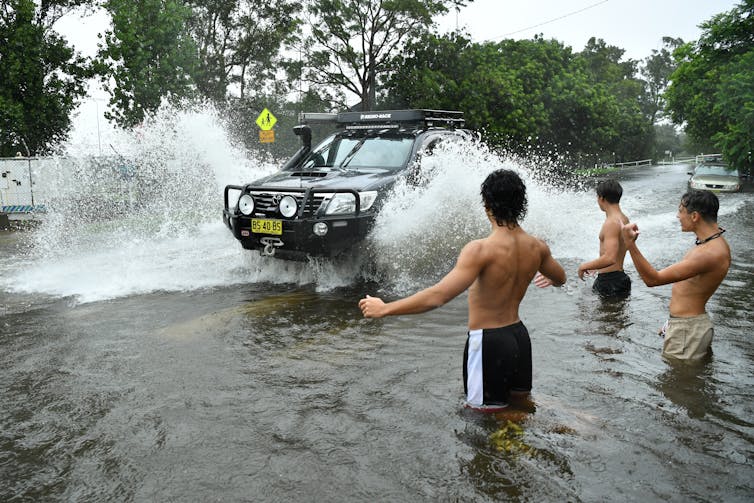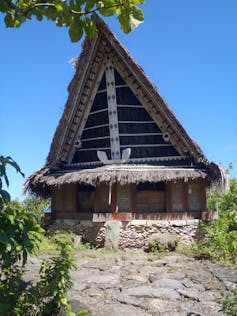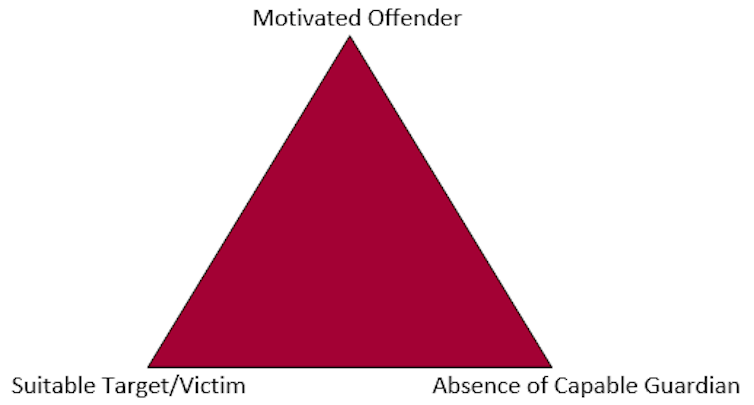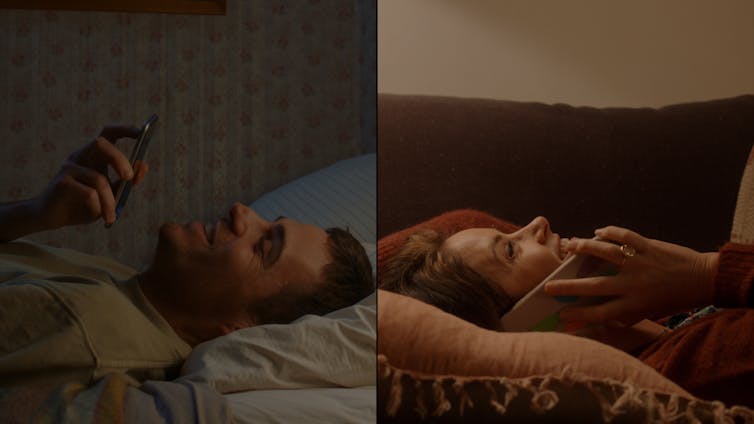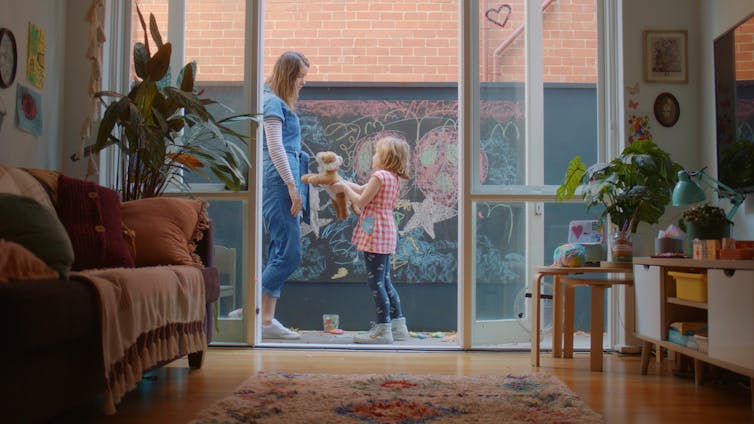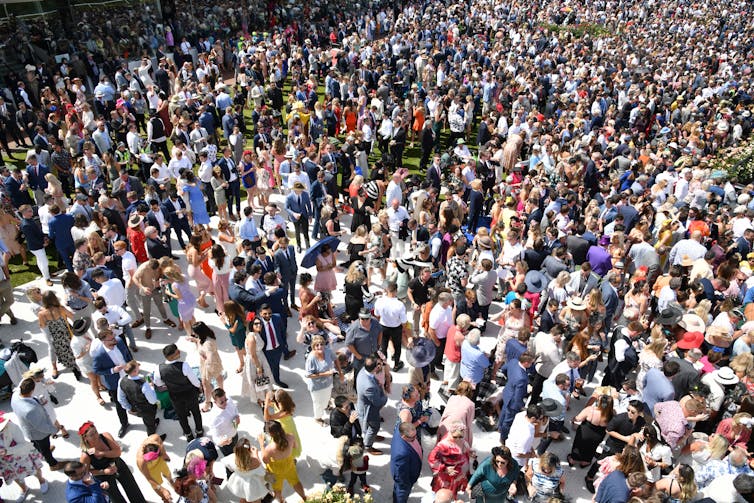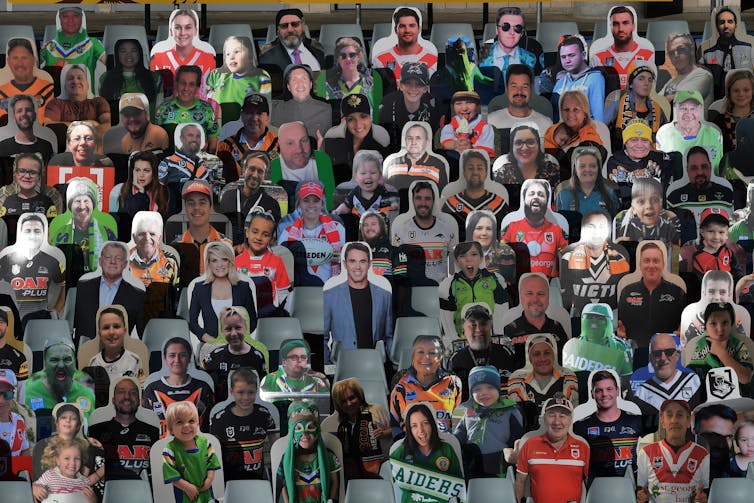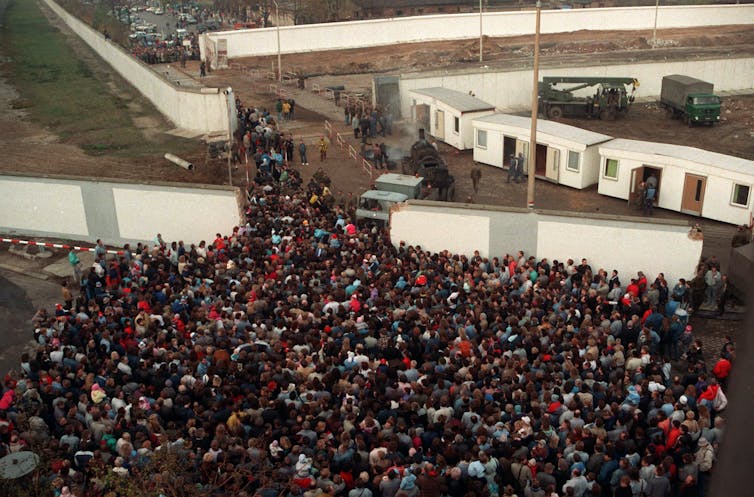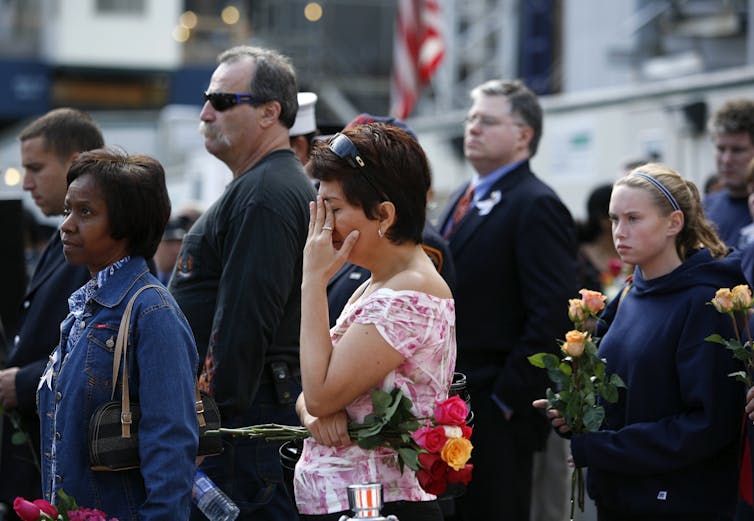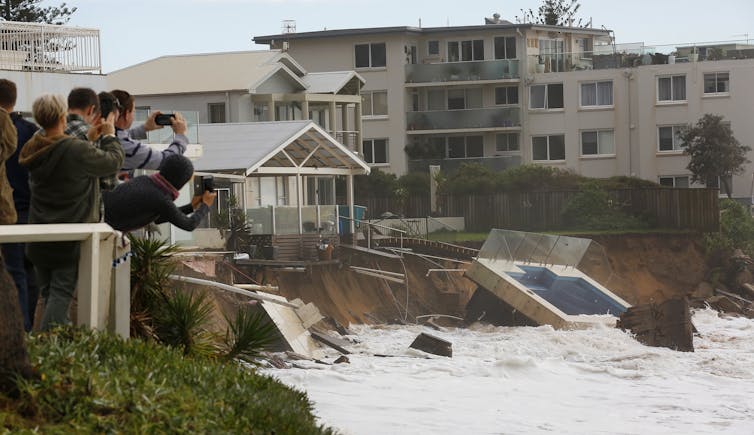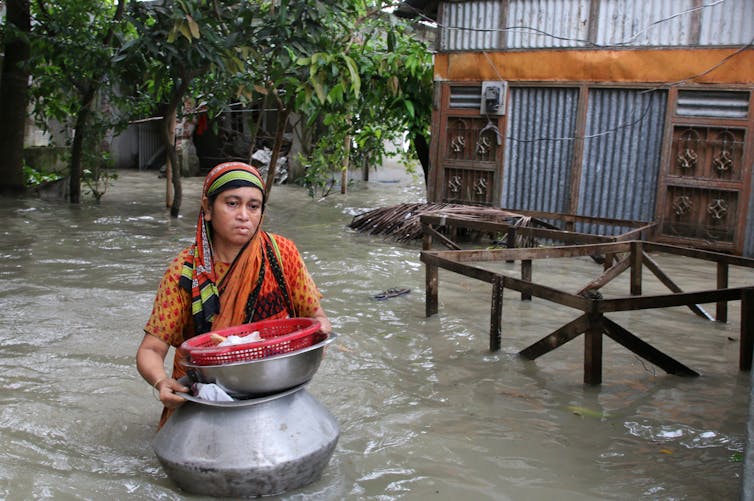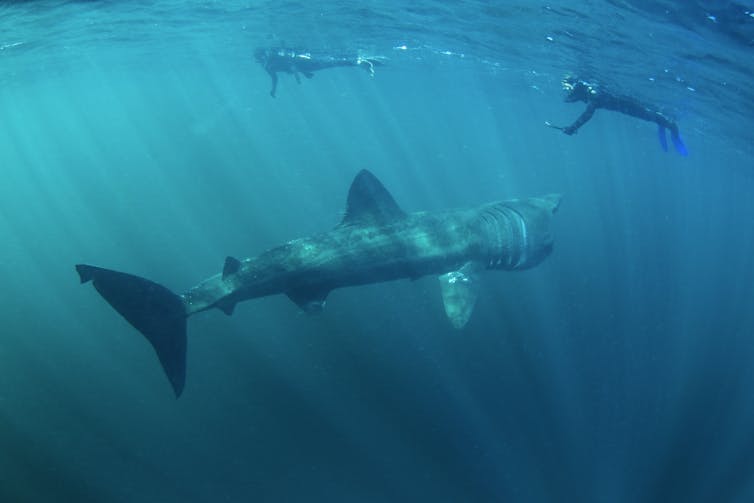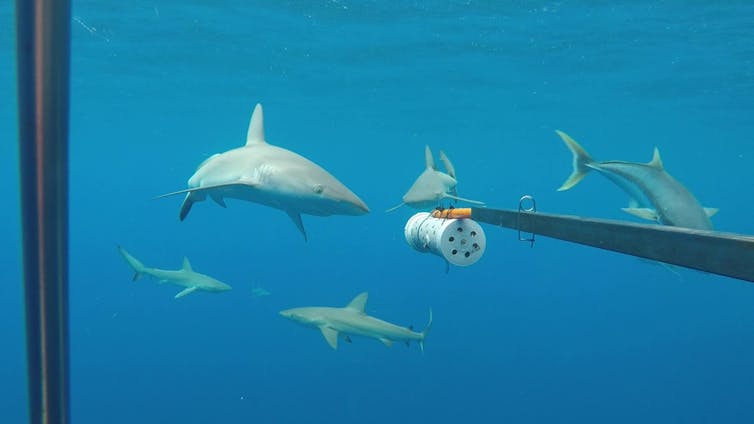Linguist and author Noam Chomsky says decades of neoliberal policies that shredded the social safety net and public institutions have left the country ill-prepared for a major health crisis.
By Democracy Now!
As the US coronavirus death toll tops 150,000, Democracy Now! spends the hour with world-renowned political dissident, linguist and author Noam Chomsky, who says decades of neoliberal policies that shredded the social safety net and public institutions left the country ill-prepared for a major health crisis. “We should understand the roots of this pandemic,” he says.
AMY GOODMAN: This is Democracy Now!, Democracynow.org, The Quarantine Report. I’m Amy Goodman.
The US coronavirus death toll topped 150,000 last Wednesday, the highest of any nation by far. The hardest hit states per capita are Florida, Louisiana, Arizona, Mississippi, Alabama, Nevada, South Carolina, Texas, Idaho, Tennessee and Georgia, a list that includes all seven of the original Confederate states.
Today we talk about the covid-19 pandemic and so much more as we spend the hour with Noam Chomsky, the world-renowned political dissident, linguist and author, Professor Emeritus at the Massachusetts Institute of Technology, where he taught for more than 50 years, now laureate professor in the Department of Linguistics at the University of Arizona. Author of more than 100 books. Professor Chomsky spoke with Democracy Now!’s Nermeen Shaikh and I on Thursday, from his home in Tucson, Arizona about the coronavirus crisis.
NOAM CHOMSKY We should understand the roots of this pandemic. If we do not understand the roots and extirpate them, there is going to be another and worse one coming. So far we have been kind of lucky. The coronavirus, pandemics, epidemics are very serious, and there are many possibilities. So far, all the ones that have happened in the last ten or 15 years, either the virus has been very deadly but not very contagious, like Ebola, or very contagious but not very deadly, like covid-19.
What happens when the next one comes along that is both very contagious and very deadly? We are in deep trouble. Deep. Much worse than this. Much worse than the so-called “Spanish flu,” which ought to be called the Kansas flu by Trump’s logic. It originated in Kansas the century ago. We may be facing something much worse than that.
There are ways of dealing with it. After the SARS epidemic in 2003, scientists knew that another one is very likely. They warned against it. They presented policies that could be carried out. They weren’t implemented, in part because of deep institutional pathologies.
The drug companies who are the obvious candidates for dealing with it can’t, by straight capitalist logic. You don’t spend money to try to prevent a catastrophe 10 years from now. What you do is try to make money tomorrow. That is the logic of the system. So the pharmaceutical companies were ruled out by capitalist logic.
Blocked by neoliberal plague
The government could step in. The government, in any event, does most of the basic research for vaccines and drugs, almost all of them. So they could have stepped in, create laboratories, and plenty of unlimited resources. But they are blocked by the neoliberal plague. Remember Ronald Reagan—that government is the problem, not the solution, which means we have to take decision-making and action out of the hands of government, which has a flaw; it’s somewhat responsive to the population.
We have to shift it to unaccountable, private tyrannies, which are totally unaccountable to the population. That is the meaning of Reagan’s slogan. That is the fundamental principle of neoliberalism. We’ve been suffering—the world has been suffering from it for 40 years, except for the tiny percentage who have become super rich and extremely powerful. Well, that blocks the government.
Nevertheless, there were things that the government could do. When the Obama administration took office, in the first few days, Obama called the presidential scientific advisory board, which had been established by George H.W. Bush, the first Bush, who had some respect for science. Obama called it. He requested that they put together a pandemic reaction programme, a way to deal with a pandemic if it comes. They came up with a report a couple weeks later. It was implemented. It was in place until January 2017.
Trump came into office, the first few days, dismantled the whole system. Nothing. That’s part of the general wrecking ball. “We have to destroy everything that Obama did. We have to wreck everything.” Because it is the only way to look like you are doing something. Happening all over. So that went.
There were programmes of US scientists working in China with Chinese colleagues to try to detect and identify coronaviruses. Most of them are deep in caves. It’s very dangerous work. Some have been killed, Chinese scientists. But they were finding them and identifying them and testing them. The Wuhan Institute of Virology is the main center for investigating this. Trump canceled the programme.
There were simulations run of a pandemic as late as October 2019 warning of what would happen. No attention. The Trump administration isn’t interested. So when the epidemic finally hit, the United States was singularly unprepared. After that comes a series of grotesque inactions and actions. For a couple of months, Trump refused to admit that it was happening.
Other countries were doing things. In Asia, Oceania, Australia, New Zealand, they were reacting. Some of it, South Korea, which was one of the first places hit, never had to go to a lockdown because they dealt with it rationally. They identified the places that were hot spots, controlled them, tested, traced people for contacts. Countries pretty much functioned. Vietnam had reported zero deaths, and apparently that is taken quite seriously by leading US specialists. [A spike this week in Vietnam].
Europe bans American visitors
The Johns Hopkins School of Public Health, which monitors the international situation, records zero deaths from Vietnam, which has a 1400-mile border with China. South Korea, Taiwan, New Zealand, Australia – [except for the state of Victoria] – are doing quite well. And Europe, they delayed in quite a way, but they did finally act. As you mentioned, the curve has sharply reduced since March for most of Europe. Some of them, like Norway, Germany, doing quite well in this respect. People are traveling through southern Italy almost like normal.
It has gotten so extreme that, as you know, Europe has banned American visitors. The United States is such a pariah state that Americans are not permitted to go to other countries. Other countries won’t allow them in. This is kind of mimicked in a horrible way in Brazil.
Bolsonaro just denies that it’s happening. “It’s just a mild flu. Don’t worry about it. Brazilians are strong. We don’t care.” So big meetings of right-wing Bolsonaro supporters dancing in the streets and spreading the virus, and Bolsonaro says fine.
And one of the really world-shaking crimes that is being carried out is the destruction of the Amazon. That affects the whole world, not just Brazil. It’s basically genocide to the indigenous populations. Scientific predictions are that on our current course, the Amazon will shift in about 15 years from being a net sink of carbon dioxide to a net emitter of carbon dioxide, sometimes called the lungs of the Earth.
The forest absorbs huge amounts of carbon dioxide. It will start emitting them instead. A little further down the road, the Amazon, under the current course, will just turn into savanna, no forest anymore. Devastating for Brazil and the other Amazonian countries. Devastating for the world. It’s one of the main oxygen producers of the world.
At every level, we are racing madly towards total catastrophe under the leadership of sociopathic fanatics. It is as if some evil demon decided to take over the human species and drive them to self-destruction. Much of the world is trying to counter it, almost all of the world, but the United States and Brazil are the extreme cases of racing with dedication towards disaster.
Most dangerous figure in history
Going back to this election, that is the reason why it is the most dangerous, the most significant election in history. Why Trump is, in fact—this may sound outrageous, but it’s true—Trump is the most dangerous figure in human history.
The Republican Party today is the most dangerous organisation in human history. You can compare Trump to, say, Hitler, the Wannsee declaration in 1942, called for killing all the Jews, tens of millions of Slavs, not destroying humanised society. There has been nothing like this. Nothing.
The Republican Party, we know how they shifted. You go back just a decade or so, John McCain, 2008, was running for president. His programme had some pretty weak, but some policies directed to global warming. The Republican Congress was beginning to contemplate global warming, policies to restrict global warming.
The Koch brothers, a superrich energy corporation, got wind of this. They had been working for years to prevent it. David Koch, one of the Koch brothers who died recently, launched an incredible campaign to make sure that the Republican Party would turn to denialism. They bribed senators, intimidated others with the threat of running counter-campaigns against them.
Huge lobbying campaign. Astroturf campaigns. A massive juggernaut. The party shifted, dropped all of its efforts to deal with climate change. It’s now a party led by denialists.
AMY GOODMAN: As you talk about this denialism and the science denialism, first dealing with the climate crisis and then extending to the pandemic, both threatening life on Earth, with President Trump now holding a daily coronavirus press briefing without the scientists, you have Anthony Fauci throwing out the first ball at the Washington Nationals game, the chief infectious disease scientist, who won’t play ball exactly with the White House, so he is not in the coronavirus briefing.
You have Dr. Birx. President Trump says she’s right outside, but she is not a part of this news conference. Do you think reporters who are sitting in the White House briefing room should refuse to be there unless scientists are there and unless President Trump wears a mask?
Promote the Doomsday Clock
NOAM CHOMSKY: Yes, I think so, and I think they should do much more. They should be pointing out constantly what I just said: we’re dealing with the most dangerous figure in human history, backed by the most dangerous organisation in human history, and give the facts. Not only the pandemic, but the much more serious threat of environmental disaster and the growing, very severe threat of nuclear war.
In my opinion, every newspaper should have on the front page an image of the Doomsday Clock. You know all about this, but every January, the Bulletin of Atomic Scientists gathers—the main scientific journal dealing with these issues—gathers scientists, political analysts to try to give an estimate of the security, the state of the world security.
Started shortly after the atom bomb, it has been going on for 75 years. The minute hand is moved closer or farther—it oscillates—closer or farther to midnight, depending how dangerous the world situation is. Midnight means we are finished.
Every year that Trump has been in office, the minute hand has moved closer to midnight. Two years ago, it reached the closest it had ever been. This last January, the analysts gave up minutes; they moved to seconds. A hundred seconds to midnight. Since January, Trump has made every one of the issues that they have brought up worse.
There were three major issues. One is of course the threat of nuclear war, second the threat of environmental catastrophe, the third the deterioration of democracy. Which does belong, because it is only with a vibrant democracy of informed, engaged public that we can have any hope of escaping from the two existential crises.
Since January, Trump has succeeded in making all three crises worse. I mention the nuclear weapons issue, considerably worse thanks to Trump’s actions.
The environmental crisis of course getting worse, as he continues to press for maximisation of the use of the most dangerous fossil fuels, cuts back through his EPA representatives and others, cuts back on the efforts to mitigate the crisis through regulatory means.
Cleansed of independent voices
And democracy, it’s pretty obvious; the executive branch has been essentially cleansed of independent voices. Nothing but sycophants of Pompeo variety. “We were sent by God to save Israel.”
The Inspectors General who were imposed by Congress, by the Republican Congress to monitor malfeasance of the executive branches, purged. Trump in fact went out of his way to humiliate the senior Republican senator, Charles Grassley, who had spent much of his career imposing these monitors.
The attorney for the Southern District of New York looked into the Trump swamp; fired. Congress, turned by McConnell, used to be called the greatest deliberative body in the world. Now it is a joke. Doesn’t do any deliberation. It does essentially nothing except try to race through as many appointments of young, ultra-right judges as possible so they can pack the judiciary for a generation.
The only other thing it does is figure out ways to pour money into the—dollars into the pockets of the rich, like the tax scam. That’s the Senate, the greatest deliberative body. Proposals come from the House for legislation; McConnell just cans them. Don’t look at them. That is not the role of the Senate.
Going back, that’s why they should be putting the Doomsday Clock on the front of every newspaper. Show us what the United States is doing to the world. To itself and the world. That should be in front of everyone’s attention.
And there are many other things that should be done. There should be major protests now, everywhere, against the use of military force to occupy American cities and to crush peaceful dissidents. This is intolerable in a functioning democracy. We can’t sit by and let it happen, just let it proceed step by step until we reach real catastrophe.
AMY GOODMAN: Professor Noam Chomsky.
Republished under a Creative Commons licence.
Article by AsiaPacificReport.nz
